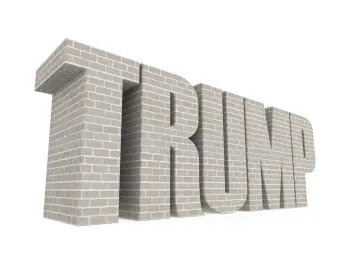Last week the Department of Defense (DoD) issued an interpretive rule under the DoD’s Military Lending Act final rule (MLA Rule). The interpretive rule amends four of the “Q&A” format interpretations that DoD issued on August 26, 2016. Readers may recall that the DoD published this guidance just over one month before the MLA Rule’s October 3, 2016 compliance deadline for most products other than credit cards. This new guidance adds to these interpretations.
The first interpretation should be of particular interest to the auto finance industry. Specifically, the DoD has clarified application of the MLA Rule’s exemptions for purchases of a motor vehicle or personal property under circumstances where the creditor simultaneously extends credit in an amount greater than the purchase price of the motor vehicle or personal property. The basic rule stated by DoD is that the exemption is available where credit beyond the purchase price of the motor vehicle or personal property is used to finance costs related to the object securing the credit. The interpretive rule offers optional leather seats and extended vehicle warranties financed in connection with a vehicle purchase as examples of items “related” to the object securing credit. In contrast, credit-related products or similar services, such as GAP insurance, credit insurance premiums, or cash advance credits, are not sufficiently “related” to the underlying purchase and thus not exempt from the MLA.
Next, the DoD stated that the MLA Rule’s limitation on creditors using a check or other method of access to a deposit, savings, or other financial account maintained by a covered borrower does not prohibit the borrower from granting a security interest to a creditor in such an account. Thus, while using a covered borrower’s account information to generate a remotely created check or remotely created payment is prohibited, taking a security interest in an account is permissible under the MLA Rule (although the practice may still be prohibited under other applicable law). Furthermore, the MLA Rule does not, according to DoD, prohibit a creditor from exercising rights to take a security interest in funds deposited into a covered borrower’s account at any time.
Finally, the DoD has provided further guidance on when creditors must check a credit applicant’s status using the DoD’s database in order to fall under the MLA Rule’s safe harbor provisions. Under the MLA Rule, using information obtained directly or indirectly from the DoD’s MLA Website is one of the safe-harbor methods for conclusively determining whether a credit applicant is a covered borrower eligible for MLA protections. Per the new interpretive rule, a creditor meets the timing requirement for the safe harbor when the creditor checks the consumer’s status at the time the consumer either initiates the transaction or submits an application to establish an account, or anytime during a 30-day period of time prior to such action. Additionally, a creditor may qualify for the safe harbor when it checks a borrower’s status during the course of processing a consumer application for credit.
Another development worth noting is that on December 12, President Trump signed legislation passed by Congress to extend until January 1, 2020 a provision of the Servicemembers Civil Relief Act (SCRA) that prohibits the sale, foreclosure or seizure of a servicemember’s house for one year following the servicemember’s return from active duty. Without the amendment, the provision would have sunset on December 31, 2017.



 />i
/>i
